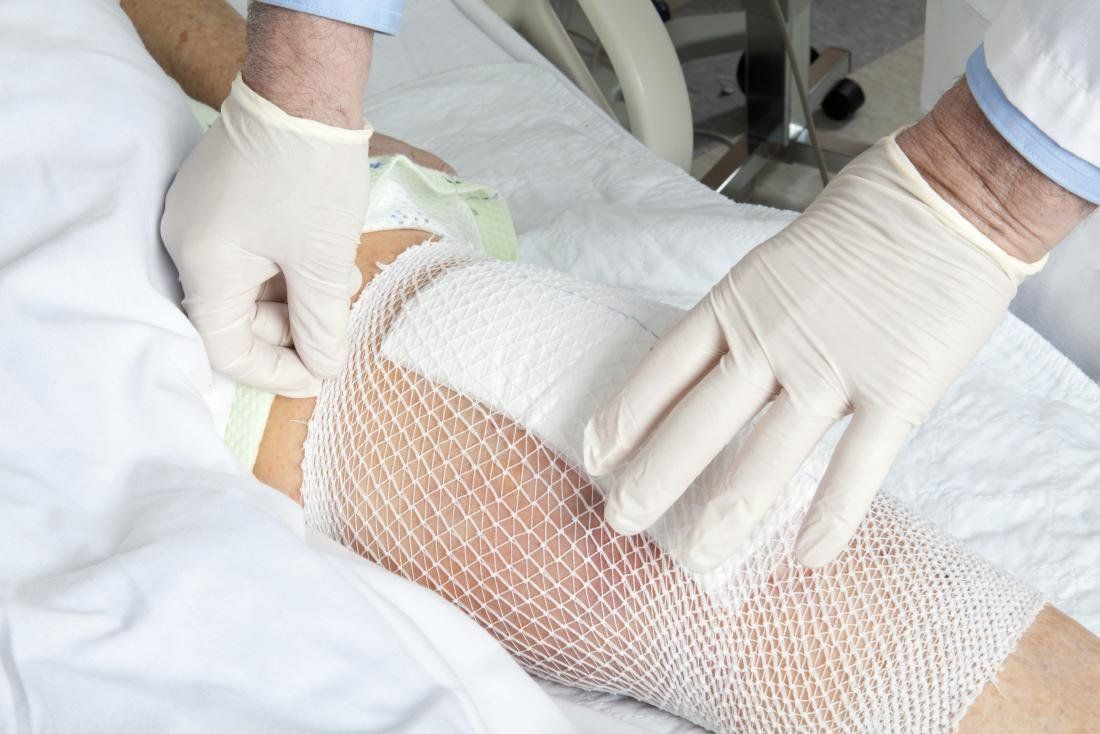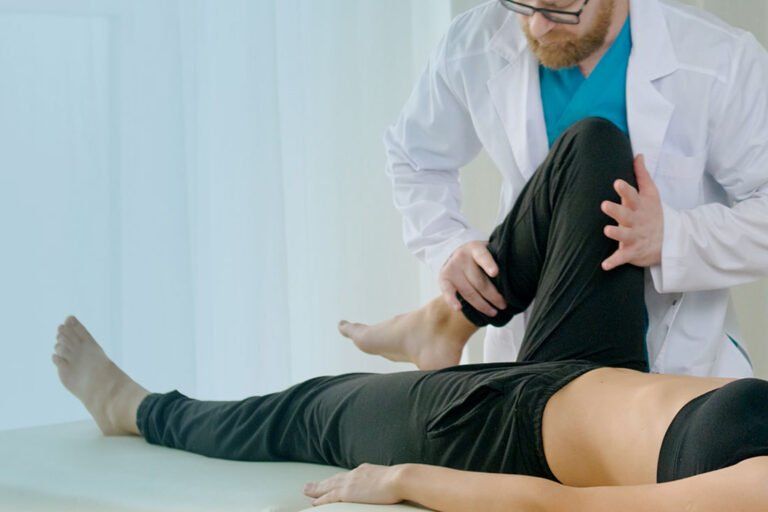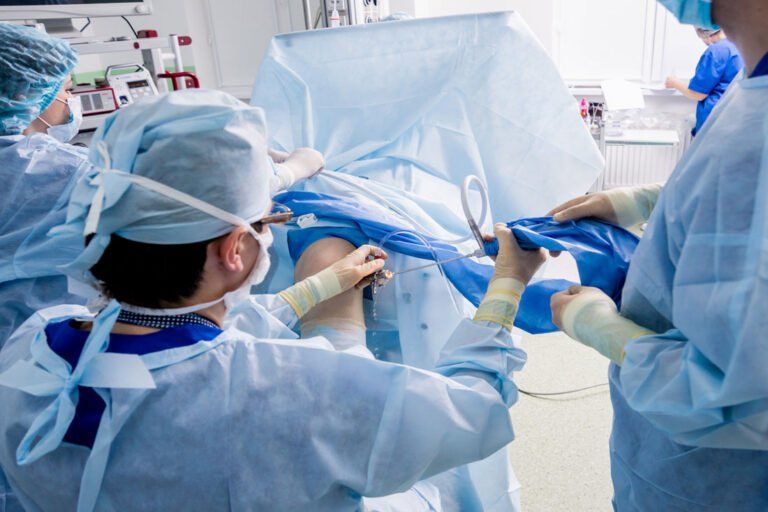Reasons For Joint Replacement
Why Do Some People Require Joint Replacements?
Surgical joint replacement is always the last line of treatment, used only when other types of treatment, such as medications and physical therapy, are not sufficient to relieve pain and immobility. Fortunately for those who suffer, however, technological advances have made joint replacement a safe and effective option. Candidates for joint replacement surgery typically are troubled by symptoms such as:
- Severe joint pain
- Stiffness
- Limping
- Muscle weakness
- Limited range of motion
- Swelling
When such symptoms become disabling, affecting the patient’s ability to perform ordinary tasks, such as walking or dressing, joint replacement may be required.
Reasons For Joint Pain And Other Symptoms
Most often, the reason for joint pain is either osteoarthritis or rheumatoid arthritis. While rheumatoid arthritis is an autoimmune disorder of indeterminate origin, osteoarthritis (OA) is a degenerative joint condition that has several known precipitating causes. In OA patients, cartilage, normally a cushion for the joints, wears away, resulting in inflammation.
Precipitating Causes Of osteoarthritis (OA)
There are several possible reasons that one person is more prone to develop OA than another. These include:
Heredity — OA tends to run in families. In some cases, specific genetic joint defects may be responsible for the disorder; in others, there is simply a family history of the disease, perhaps due to a genetic predisposition to abnormal cartilage metabolism.
Sports Injuries and Other Traumatic Injuries — It is well known that athletes can develop osteoarthritis as a result of a traumatic injury to one of their joints. These may occur in adults of any age and include: torn cartilage, dislocated joints, and ligament injuries. Knee traumas, such as strains and tears of the ACL (anterior cruciate ligament) are especially damaging, resulting in OA in 40 to 50 percent of the patients who suffer them.
Minor Repetitive Injuries — More minor injuries, when they are repetitive, can also result in the development of OA. Such injuries produce constant wear and tear on the joints, causing the cartilage to wear down prematurely. Repetitive injuries may occur because of one’s occupation or hobby, especially if the activity involves heavy physical labor, kneeling, squatting, or climbing for long periods of time.
Other Disease Conditions — individuals who have medical conditions that involve bleeding near a joint, like hemophilia, or blockage of blood flow near a joint, like avascular necrosis, may also develop OA in the affected joint. Having other forms of arthritis, like rheumatoid arthritis or gout, increases your risk of developing OA, as does having diabetes.
Being Overweight or Obese — Although being overweight isn’t necessarily a cause of OA, it does exacerbate joint problems, especially in the knees, hips, and back.
Hormonal Changes — Because statistics demonstrate that men and women are equally at risk for OA until age 55, at which point more females are affected, it is postulated that the hormonal changes at menopause contribute to the development of the disorder.
If you are experiencing serious or increasing joint pain, you should consult with a orthopedic surgeon to find out if you are suffering from osteoarthritis and, if so, to discuss possible treatment options.





Your article helped me a lot, is there any more related content? Thanks!
Your article helped me a lot, is there any more related content? Thanks!
Thanks for sharing. I read many of your blog posts, cool, your blog is very good.
Thank you for your sharing. I am worried that I lack creative ideas. It is your article that makes me full of hope. Thank you. But, I have a question, can you help me?
I like this weblog very much, Its a really nice office to read and
find info.Money from blog
Very interesting topic, thanks for posting.Blog monry
I don’t think the title of your article matches the content lol. Just kidding, mainly because I had some doubts after reading the article.